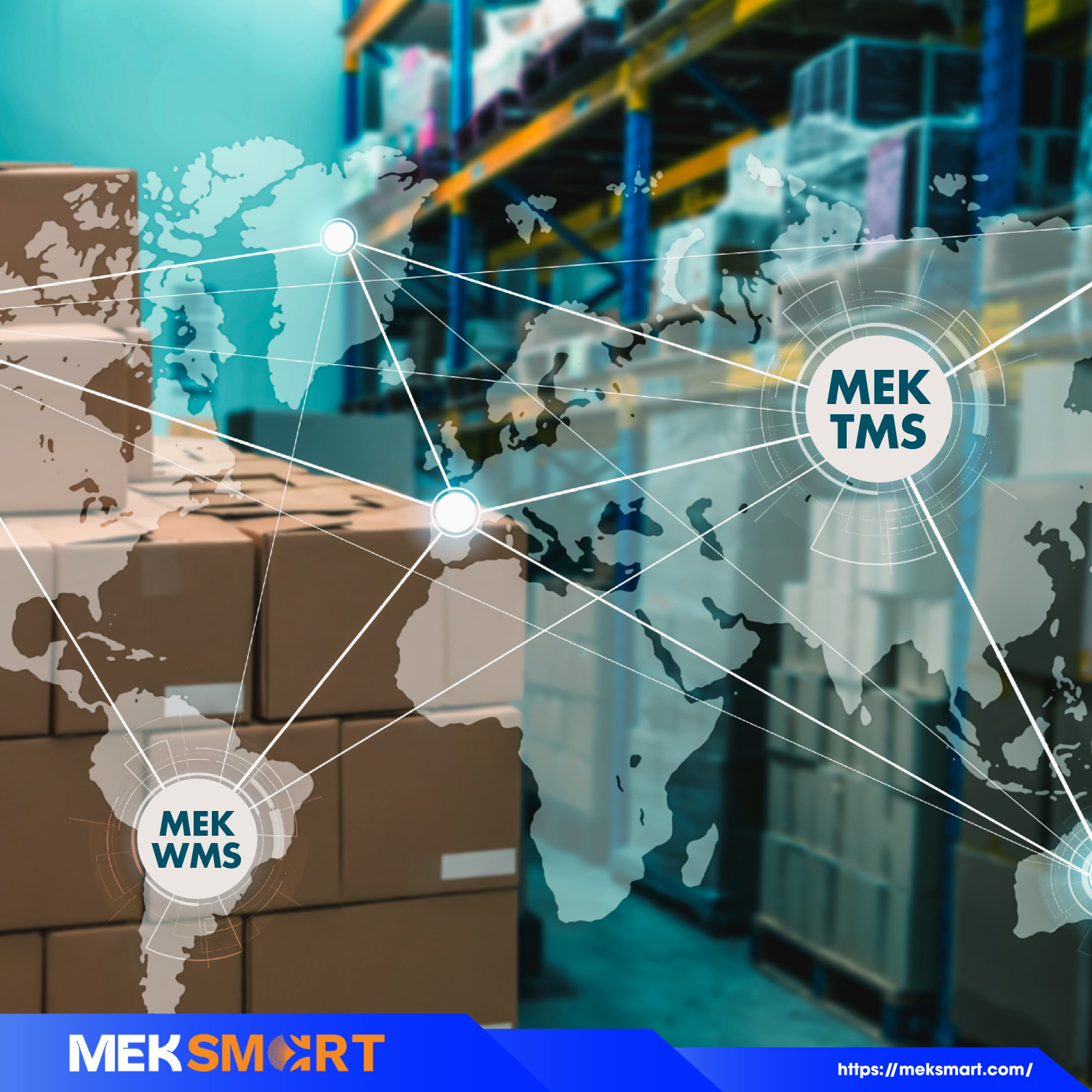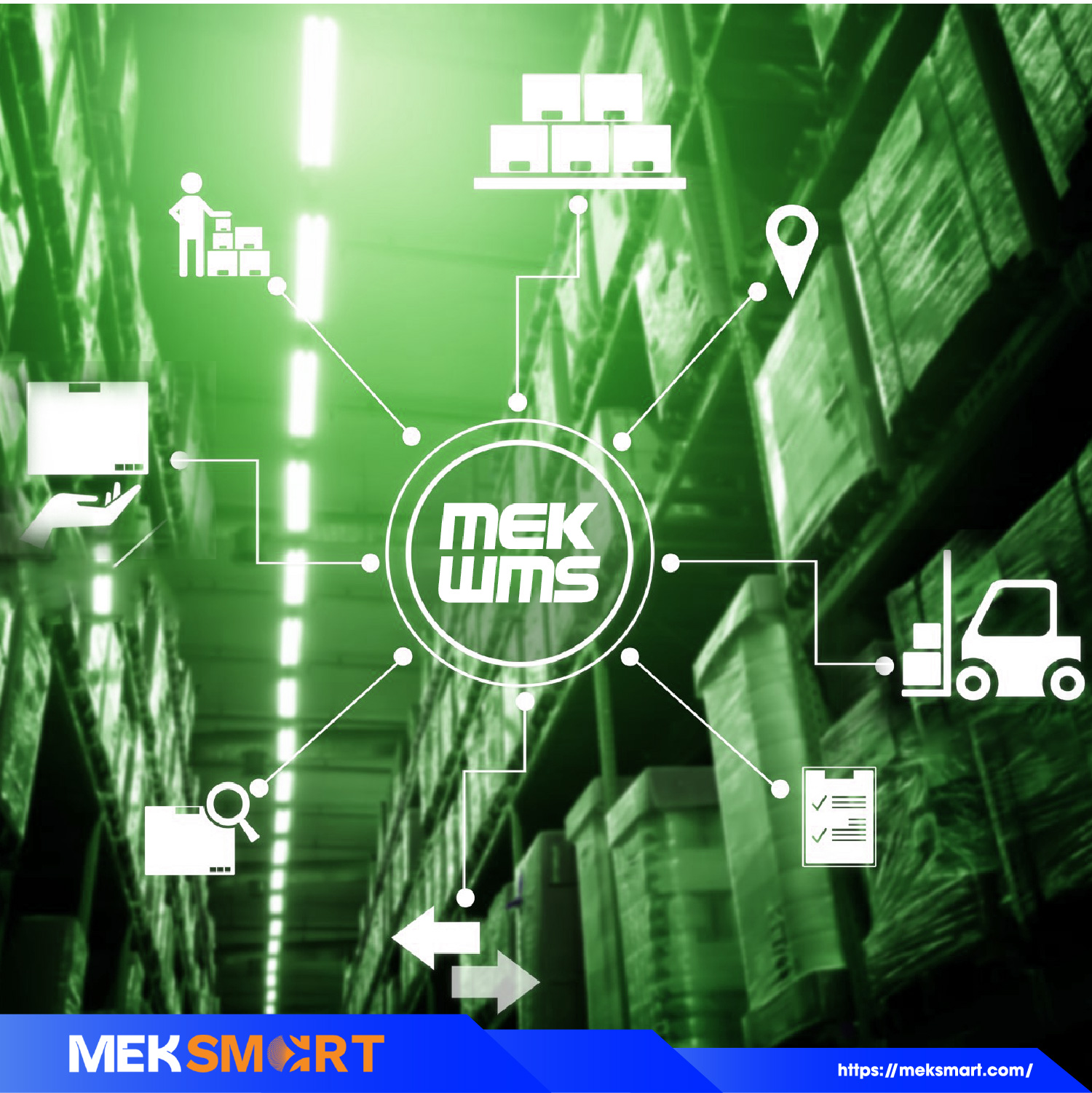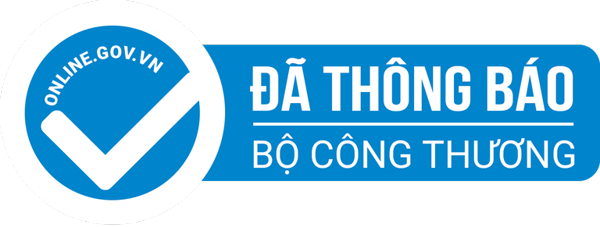MEKSMART
GENERAL NEWS
Author: Meker Meksmart
Update: 23/07/2025
OPTIMAL TRANSPORTATION PLANNING: THE KEY TO EFFECTIVE LOGISTICS FOR HOUSEHOLD BUSINESSES
In the context of increasingly fierce competition in the household goods market, optimizing logistics activities, especially transportation, plays a key role in reducing costs, improving efficiency and enhancing business advantages. So how to plan optimal transportation and choose the right means of transport, helping businesses solve challenges and achieve outstanding logistics efficiency?
Specific characteristics of the household goods industry and transportation requirements
Each industry will have different characteristics and features, requiring businesses to have their own management methods to meet specific requirements, in order to reduce costs and optimize logistics activities. Characteristics and requirements in transporting household goods:
- Diverse products: From compact kitchen utensils to bulky furniture, requiring the selection of suitable means of transport and different transportation processes.
- Fragile, need to be preserved: Many household products (glassware, ceramics, electronics...) require careful packaging and transportation to avoid damage.
- Delivery time requirements: Customers increasingly expect fast and on-time delivery.
- Seasonality: Demand for household goods can increase during holidays and Tet, requiring flexible transportation plans.
- Synchronous warehouse and transportation management: The smooth coordination between warehouse and transportation is an important factor to ensure smooth flow of goods, avoiding loss.
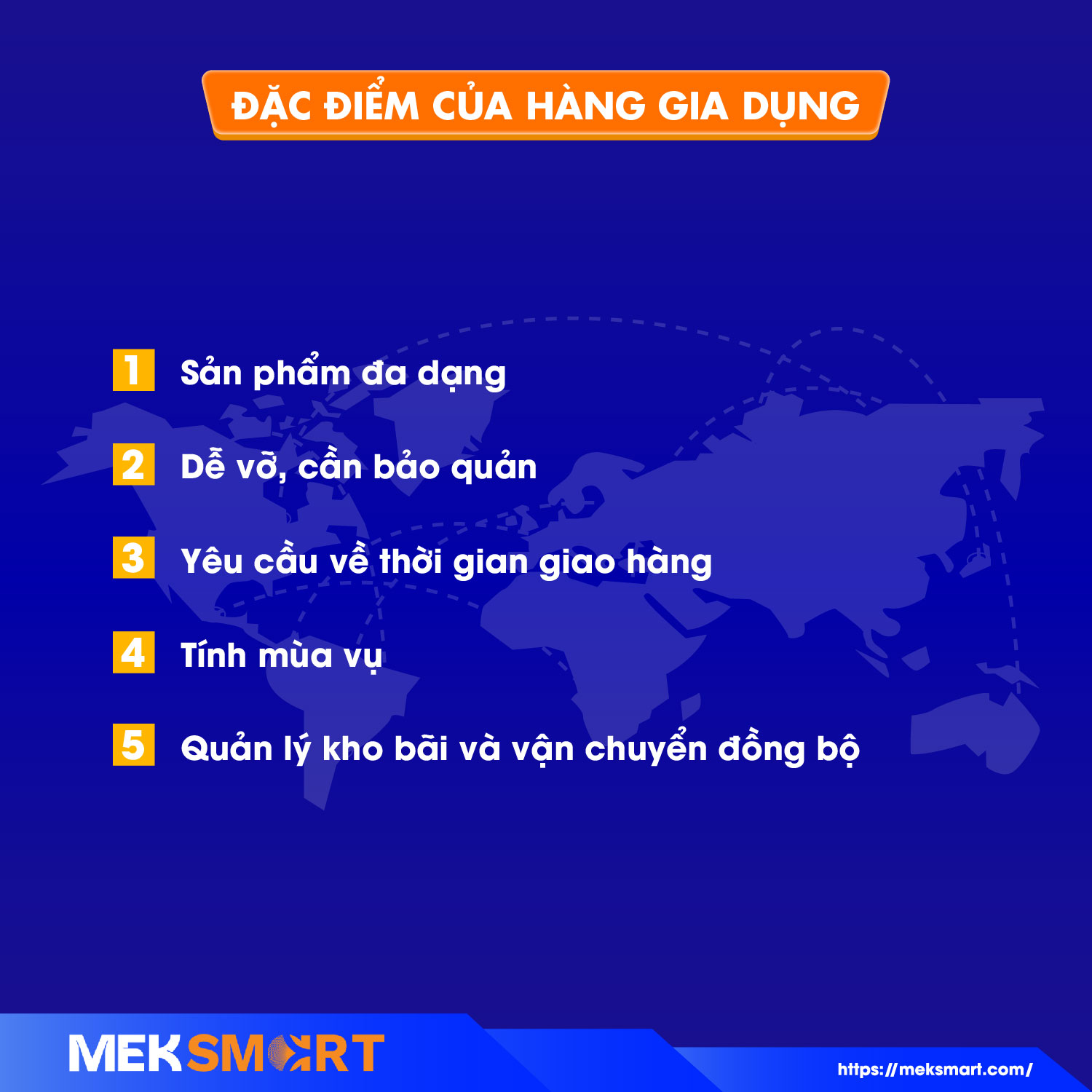
Characteristics of household goods
Why do household goods businesses need to plan optimal transportation?
In the context of increasingly fierce competition, optimizing transportation not only helps household goods businesses save costs but also improves customer experience. An effective transportation plan helps shorten delivery times, minimize product damage risks and optimize warehouse processes. Especially for bulky products, arranging a scientific delivery route will reduce labor costs and increase operational efficiency.
Applying technology to transportation management also helps businesses track orders in real time, thereby enhancing brand reputation and retaining customers. Optimal transportation planning is the key for household goods businesses to develop sustainably and lead the market.
Steps to create an optimal transportation plan for household goods businesses
For the household goods industry, products have diverse sizes and special transportation requirements, optimal transportation planning plays a key role in business efficiency. A scientific plan not only helps businesses reduce operating costs, but also ensures fast and accurate delivery progress, improving customer experience.
Steps to plan optimal transportation for household goods businesses:
- Step 1: Analyze product characteristics and transportation requirements
- Step 2: Research and select appropriate transportation methods
- Step 3: Optimize routes and delivery schedules
- Step 4: Select reputable transportation partners
- Step 5: Apply technology to transportation management
- Step 6: Train staff and build professional operating procedures
- Step 7: Monitor, evaluate and adjust plans
Choosing the right means of transportation for the household goods industry
Choosing the right means of transportation for the household goods industry is not simply about moving goods from seller to buyer. It is a strategic decision, affecting costs, operational efficiency, product quality, customer experience and business competitiveness.
- Closed-body trucks: Suitable for most types of household goods, protecting products from weather and impact. It is necessary to choose the appropriate box size for the type of goods.
- Truck with lifting tailgate: Convenient for loading and unloading heavy, bulky products such as refrigerators, washing machines, sofas.
- Motorbike/tricycle: Suitable for transporting small orders, delivering goods within the city at high speed.
- Container: Suitable for transporting large quantities of goods between warehouses or to large distribution centers.
- Specialized vehicles: Trucks with cranes for oversized, overweight products; refrigerated trucks for special products.
Applying technology to optimize transportation in the household goods industry
The household goods industry with its diverse, fragile products and requirements for door-to-door delivery, the application of technology becomes more important than ever. It not only helps optimize costs and efficiency but also contributes to improving service quality, creating competitive advantages and building good relationships with customers.
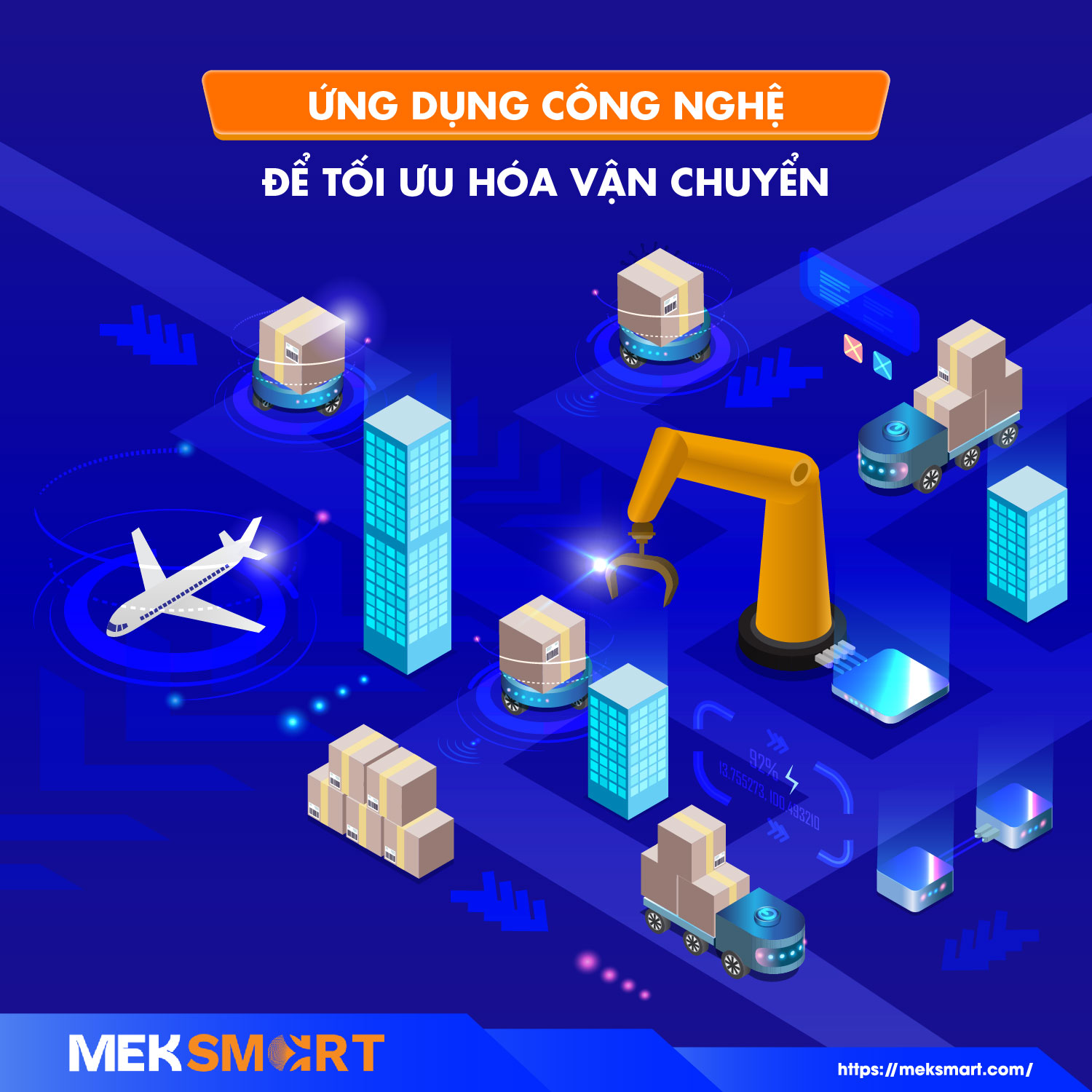
Applying technology to optimize transportation
- Transportation Management Software (TMS): Order management, scheduling, shipping tracking, route optimization, cost management.
- Global Positioning System (GPS): Track the location and status of your fleet and cargo in real time.
- Mobile application for drivers: Update order information, routes, and cargo delivery.
- Transport connection platform: Search and select the right transport service provider.
- Big Data analytics: Analyze transport data to identify bottlenecks, optimize processes, and predict demand.
MEKTMS transportation management software application brings many practical benefits to household goods businesses

MEKTMS brings many benefits in household goods transportation management
1. Smart and effective transportation planning
- Route optimization: MEKTMS uses smart algorithms to analyze factors such as delivery location, type of goods, size, weight, traffic conditions... thereby proposing the shortest transportation routes, saving time and fuel costs. This is especially important with the diversity of sizes and delivery locations of household goods.
- Flexible delivery scheduling: The software allows businesses to schedule detailed delivery schedules, assign trips to each vehicle and driver in an optimal way, ensuring accurate delivery time for customers.
- Centralized order management: MEKTMS helps manage all shipping orders on a single platform, from order creation to delivery completion, making it easy to track and control.
2. Choose the right means of transport
- Track and manage the fleet: The software provides detailed information about the fleet (vehicle type, operating status, location, etc.), helping businesses easily choose the right vehicle for the type of goods and volume of transport.
- Analyze vehicle performance: MEKTMS can provide data on the performance of each vehicle (fuel consumption, maintenance frequency, etc.), helping businesses make reasonable decisions on vehicle maintenance and replacement, optimizing costs.
- Connect with transport partners: If businesses use the services of external transport providers, MEKTMS can integrate to manage and compare the performance and costs of these partners, helping to choose the best service.
3. Optimize transportation costs
- Reduce fuel costs: Optimizing routes and choosing the right vehicle helps to significantly reduce fuel costs.
- Reduce management costs: Automating many processes helps reduce manual work, saving time and manpower for transportation management.
- Minimize risks and costs: Closely monitoring the transportation process helps to minimize the risk of damaged, lost, or delayed goods, thereby avoiding compensation costs and other costs.
- Analyze detailed transportation costs: MEKTMS provides detailed reports on transportation costs by order, route, vehicle... helping businesses have a clear view of the cost structure and propose effective reduction measures.
Meksmart accompanies businesses for sustainable development in the new era. Contact us for advice and trial experience!





